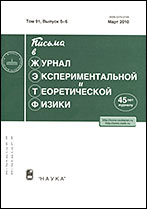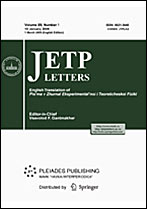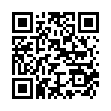|
This article is cited in 19 scientific papers (total in 19 papers)
OPTICS AND NUCLEAR PHYSICS
Envelope area and electric pulse area interference in excitation of quantum systems by few-cycle attosecond light pulses
R. M. Arkhipovab, M. V. Arkhipova, I. Babushkinc, A. V. Pakhomova, N. N. Rosanovb
a St. Petersburg State University, St. Petersburg, 199034 Russia
b Ioffe Institute, St. Petersburg, 194021 Russia
c University of Hannover and Cluster of Excellence PhoenixD (Photonics, Optics,
and Engineering–Innovation Across Disciplines), Hannover, 30167 Germany
Abstract:
In this letter, excitation of discrete levels in a quantum system is considered, when the duration of the driving pulse is changed from multicycle to ultrashort half-cycle regime. It is shown that, as the number of optical cycles decreases, the system passes from the periodic-driven regime to the “kick-driven” action. In both cases the effect depends on the pulse area. However for subcycle pulses the area is equal to the time integral of the field strength, whereas for multicycle pulses it is determined by the time integral of the pulse envelope. The interference of the envelope pulse area and the electric pulse area and its possible manifestations in experiments are discussed.
Received: 07.08.2021
Revised: 11.08.2021
Accepted: 11.08.2021
Citation:
R. M. Arkhipov, M. V. Arkhipov, I. Babushkin, A. V. Pakhomov, N. N. Rosanov, “Envelope area and electric pulse area interference in excitation of quantum systems by few-cycle attosecond light pulses”, Pis'ma v Zh. Èksper. Teoret. Fiz., 114:5 (2021), 298–303; JETP Letters, 114:5 (2021), 250–255
Linking options:
https://www.mathnet.ru/eng/jetpl6497 https://www.mathnet.ru/eng/jetpl/v114/i5/p298
|


|





 Contact us:
Contact us: Terms of Use
Terms of Use
 Registration to the website
Registration to the website Logotypes
Logotypes








 Citation in format
Citation in format 
